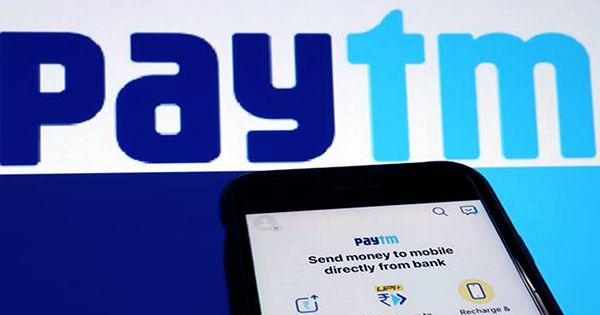If you had not been paying attention, you may have predicted a different outcome from Paytm’s first public offering. After all, the business well funded by well-known investors, and the Indian financial behemoth has sufficiently expanded to become a worldwide brand. Paytm has seen two double-digit percentage drops in its first two days of trading since its launch last Thursday. When it comes to coming public, witnessing your stock price drop 27 percent and then 13 percent is about as terrible as it gets.
So, what went wrong? We will go back to the business’s IPO filing, which we will augment with a fresh filing that fell today including a few more data points about its performance, to analyze the disappointing Paytm IPO – officially the public offering from One 97 Communications, Paytm’s parent company.
What we want to know is if we can find enough rationale in the data to explain the company’s poor post-IPO performance, was Paytm just mispriced when it first went public? If that is the case, we will not have to worry as much about whether the greater Indian stock market is hostile to tech unicorns. We now have some analyst figures to draw on for support, thanks to TechCrunch’s Manish Singh, into the void!
We will forego a thorough dive into what Paytm has to offer the market to avoid this piece running on for longer than you want to read. Let it enough to state that, among other things, it provides payments, bill pay, and loans to the Indian market. So, how successful is India’s fintech industry? Let us look at the company’s initial public offering (IPO) document.
The failure of Paytm’s IPO is proof that the law of averages eventually catches up with you. Paytm is without a doubt one of the success stories of the preceding decade, which saw an unparalleled rate of digitalization of people’s lives. Paytm was in the right location at the right moment to capitalize on this opportunity, scale up, and diversify its operations. Because venture capitalists and private equity firms recognized potential in the company’s future, they flocked in droves to invest it, aided by the abundant liquidity accessible internationally at the time.
While there have always been concerns about the values these start-ups fetch, they are rarely scrutinized when just VC and PE firms are engaged. However, if you start selling securities to the public, you will be subjected to a barrage of regulatory and investor scrutiny.
Every figure and performance parameter thoroughly scrutinized. All future scenarios considered, including competition, prognosis, and cash flow. The more noise you produce, the more likely you too noticed. Paytm experienced the same thing. Paytm’s initial public offering (IPO) value has divided analysts and investors.
The issue price of Rs 2,150 proved to be a major setback for the fintech firm, which had hoped for a massive subscription. Paytm’s IPO failed on both criteria at a time when ‘properly’ priced IPOs being 200-300 times subscribed, followed by listings at 50-100 percent premium. While it received a modest 1.8 times subscription, the stock hammered on its first day on the markets, with a drop of roughly 27%.
Even while investors’ expectations of new enterprises have changed and they no longer demand quick success, they still seek for business models that guarantee positive cash flow in the future. Investors appear to be skeptical of Paytm’s prospects, at least in the short term.
Moreover, given that its share price has already plummeted to Rs 1,560 from the issue price, it would be intriguing to observe what the ‘fair’ value markets decide for Paytm in the coming sessions.














